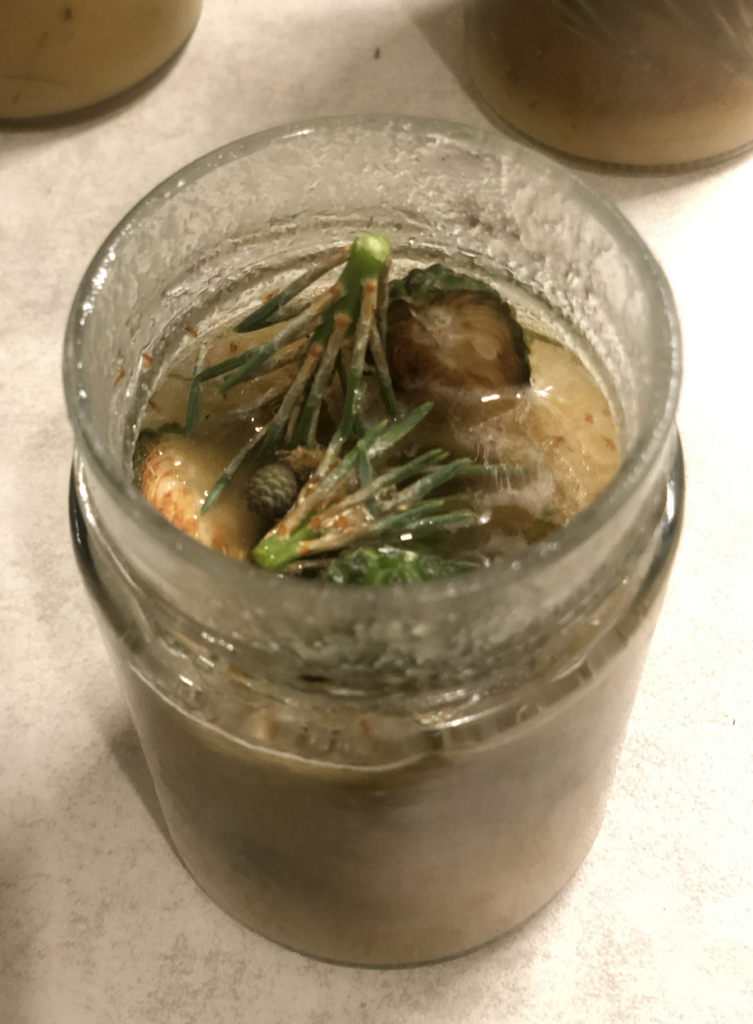Flowers, honey, youth... Introduction to Chudlen
According to Tibetan medicine, flowers have wonderful youthful energy. They produce the seeds, the beginning of the new plant, new life. Sowa Rigpa uses this rejuvenating, reproductive ability of plants in Chudlen practices. Chudlen in Tibetan literally means “taking the essence”, which means taking the special extracts to strengthen the vital energy and prolong lifespan.
CHUDLEN AND FLOWERS
In Chudlen - longevity practices, many of those special rejuvenating elixirs are based on flowers. Some formulas are quite complicated to make, some are easier. They will be described in Chudlen book that I am co-writing with Dr Nida Chenagtsang, a great Tibetan doctor and a teacher. Stay tuned for more information on the book and on the app on Tibetan medicine:)
Here I am sharing the simplified version of flower extracts in honey. Honey itself is a treasure of health, and in combination with flowers the results are amazing. Raw, unpasteurized honey is antibacterial, strengthens the heart and immunity and helps recovery, among other things. As for fermented honey, apart from the liveliness, vitamins and healing powers, it has an incredible, original and varied flavour and aroma.
FERMENTATION OF FLOWERS
The flowers are delicate and beautiful, yet full of vigour. They last only a short time in bloom. Their essence and healing powers can be preserved in honey for the cold season.

The season for picking and fermenting flowers is long. From the first violets in March to the the last flowers of autumn. Collect the flowers in sunny weather when they are full of pollen, fragrance and wild yeasts. Pick only in clean places and be sure not to wash them.
The variety of edible and medicinal flowers of herbs, shrubs and trees is incredible. The most suitable flowers for fermentation in honey are those that are highly aromatic. Each flower has a different fermentation capacity and will impart its flavour and aroma to the honey.
Try violets, dandelions, elderberries, motherwort, thyme or rosemary, all kinds of roses, flowers of fruit trees and shrubs such as quince, apple trees, cherries, magnolia, lilac or acacia, lavendel...
You can also use the flowers or fresh green cones of conifers, such as pine trees, spruce, fir. They have strong anti-inflammatory and disinfectant properties, strengthen immunity and help against colds, coughing and respiratory infections.
PROCEDURE
Preparation: 10 min + daily stirring for 14-21 days
Raw materials and equipment:
- jar
- plate
- raw honey (better liquid )
- selected flowers of one species or in mixture, max up to 1/2 volume honey
Procedure:
- First spread the freshly collected flowers on a cloth and let the bugs come out of them. The flowers can be full of them.
- Put the flowers in a jar and pour honey over them. Fill up to 2 cm below the rim.
- Cover the jar with a lid, but do not tighten, to allow air for fermentation
- Leave to ferment at room temperature for 2-3 weeks. Stir daily with a clean spoon or put it tightly closed upside down for a while to avoid mould.
Fermentation with the flowers can proceed almost imperceptibly, or vividly, depending on the amount of of wild yeasts, the type of flowers, the honey, and the temperature. If the yeasts are weak (when the it's too cold or rainy), it may happen that the honey won't ferment, but it's not a bad thing. Just the result will be less potent in flavor and aroma, and in probiotic effect.
Storage:
You can store the fermented flower honey with the flowers or strain it. For storage use a cooler room for storage, a fridge is not necessary. Honey is a fairly good preservative.
Usage:
- smell and taste for pure pleasure:)
- sweeten porridges, pancakes, drizzle over cookies and cakes.
- use it to take hot drinks and lemonades.
- If it's made from medicinal flowers, you can use it as a prevention or treatment for colds, e.g. with elder, thyme, chamomile, sage, sloes, etc.
- Active bubbling honey with flowers is suitable as a starter for making fermented lemonades, cider, homemade wines and wild beers.
Enjoy!



PS Thanks to Denisa Simlova for sharing her experiences on cone and flower fermentation:)

